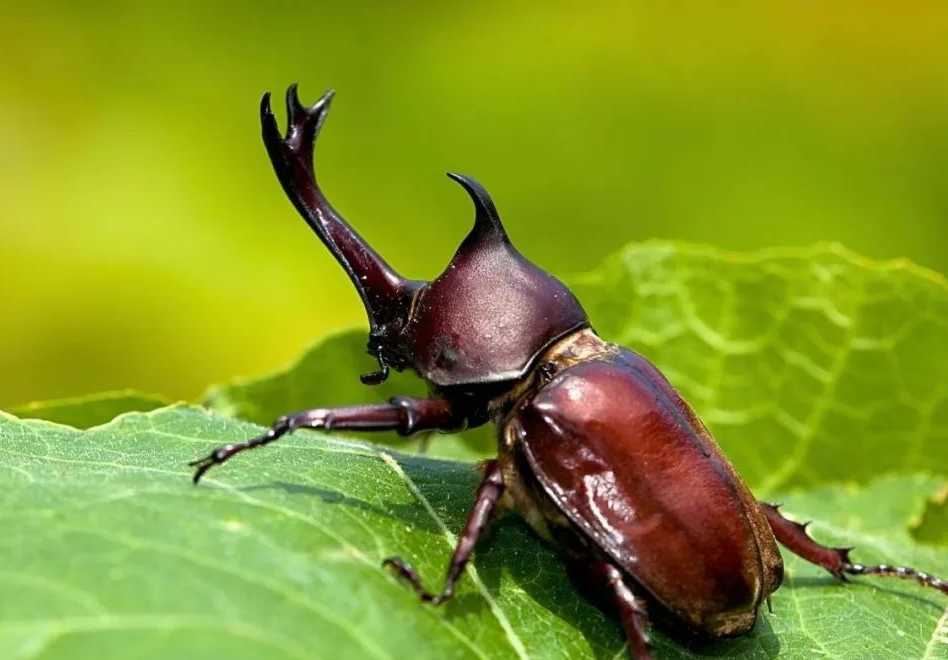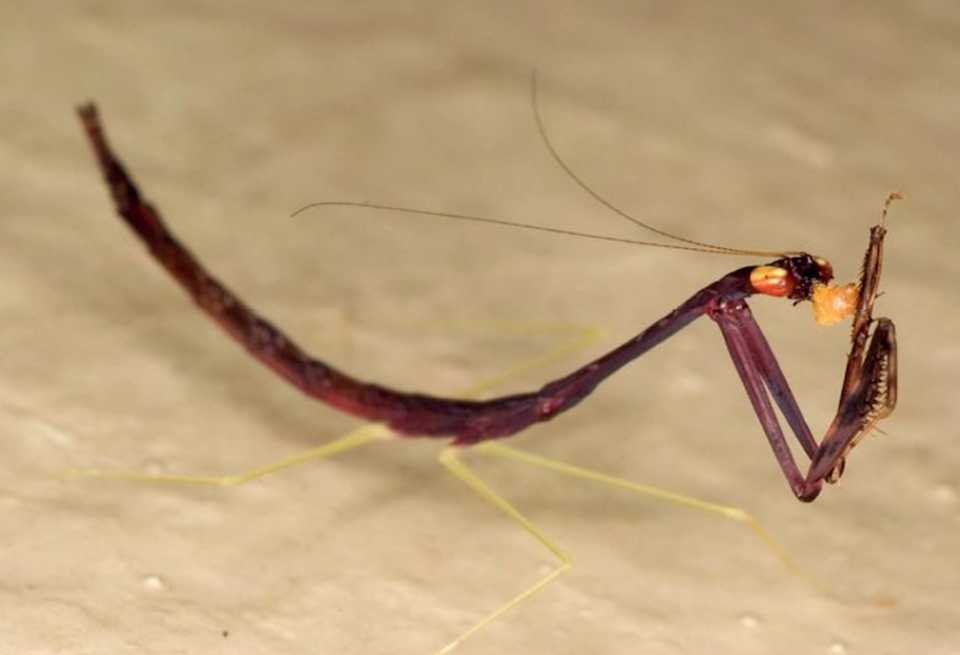
The Japanese rhinoceros beetle, scientifically known as Allomyrina dichotoma, is an iconic insect revered for its distinctive Y-shaped horn and deep cultural significance in Japan. Measuring 3–5 centimeters in length, this scarab beetle captivates with its robust build and unique morphology, while its larval stage plays a crucial role in forest ecosystems as a decomposer.
Morphology and Ecological Role
Males sport a prominent Y-shaped horn on the head, used in ritual combat over mates, while females lack this structure but possess powerful mandibles for egg-laying. The beetle’s glossy, dark exoskeleton contrasts with the larva’s creamy white, C-shaped body, which thrives in humus-rich soil and decaying wood. Larvae feed on decomposing plant matter, accelerating the breakdown of organic materials and enhancing soil nitrogen cycling—earning them the title of "soil cleaners." This ecological service supports microbial activity and forest health, underscoring their role as nature’s silent engineers.
Cultural Significance: From Samurai to Pop Culture
In Japan, the beetle has been a symbol of strength and longevity for centuries. During the Edo period, samurai helmets often featured carvings of its horn, embodying martial prowess. Today, it remains a cultural icon: as a popular pet in beetle-keeping hobbies, a motif in traditional art, and even the inspiration for Heracross in Pokémon, whose move "Super Horn" pays homage to the beetle’s combat prowess. It is also seen as a lucky charm, with its association with perseverance and vitality making it a mascot in festivals and commercial designs.
Natural History and Conservation
Native to East Asia, Allomyrina dichotoma thrives in deciduous forests, where adults feed on tree sap and fruit. Their life cycle—from humus-dwelling larva to horned adult—reflects nature’s balance between destruction and renewal. While not endangered, habitat loss and pesticide use threaten local populations, prompting conservation efforts to protect their forest habitats. For the Japanese, this beetle is more than an insect; it is a living symbol of resilience, a bridge between ancient traditions and modern ecology, and a reminder of the intricate bond between culture and the natural world.





